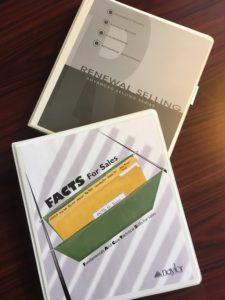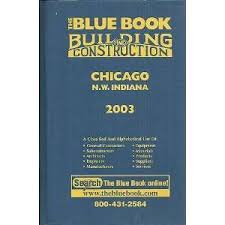How to Sell Ads at Naylor in the Late 1990s
I’ve been with Naylor for 22 years. I’m currently the longest-tenured sales rep in Gainesville, and man, have I seen a lot of changes – almost all positive – since I started with the company.


Back in 1997, we operated out of a small office on Northwest 60th Street in Gainesville. Naylor had about 20 employees in that office at the time, and maybe a dozen sales reps. There was no receptionist, no policy handbook, and no training manuals. Sales reps did not have computers at their desks, so when it came to calling potential advertisers, we couldn’t look up a company’s website to learn more about their business and infer how they might benefit from advertising in our associations’ publications. You went into every new advertiser call blind and collected information while on the call: “Tell me how you fit into the industry? What does your product or services do for your market?”
We kept all lead information on index cards that were kept in file boxes organized by month and day. Each morning, you’d pull out the day’s index cards from your box and begin making calls. If you reached a company’s voicemail, you’d file their card back in the box one or two days later so you’d know when to follow up with them. The index cards usually only had a lead’s company name and phone number written on them, along with any notes you took during your call.

For lead sourcing, I was given the phone book for different cities and would find leads by browsing ads and listings within my desired industries. The Blue Book was another great lead source. If a company agreed to advertise in one of our publications but wanted us to recycle the ad they had already placed in The Blue Book, we would tear their ad out to mail up to production, then make a copy and glue the copied page back into the Blue Book so there weren’t any missing pages. Some people wouldn’t replace their ripped-out pages, which was a pain for the next person who wanted to use the phone book for lead sourcing.
You took your lead sources home every night and were expected to come back to work the next morning with 50 leads written on index cards. Some people’s children would help them write or cut-and-paste leads onto their index cards. We worked a 37.5-hour work week because reps were expected to spend 2.5 hours per week lead sourcing at home. Business hours were for making calls and securing sales. We still work 37.5 hours per week, but our sales reps are no longer expected to source leads during non-business hours.
If you made a sale, you had to hand-write all details on the insertion order with the advertiser on the phone. You took down the size of the ad they wanted, the index categories, the ad text, a website URL if they had one and wanted that information in their ad, and details about the kind of graphics they wanted in their ad copy. If they already had graphics, they had to fax it or mail it to you through snail mail. We were sent all kinds of hard copies of artwork – film, paper graphics, posters and such. One time, I was sent a T-shirt and asked to replicate the ad on the back of the t-shirt for insertion in a magazine. I sent the t-shirt to production, who scanned it into their graphic design system and used the ad!
At the end of the call, we would ask how the advertiser wanted to pay. We didn’t have a collections department like we do today to handle ad payments. If the company wanted to write a check, we instructed them to remit the check to Naylor Publications and where to mail it. That was the last part of our pitch. We ended the call with “Thank you for your business.”
Once your insertion order was signed off, you had to enter it into the software system we used at the time that queued ads for our production team in Winnipeg. We reserved time to use one of three computers in our computer room. You would put your name on the wait list and if you were not ready when your name came up, you were bumped to the bottom of the list. Sometimes you had to wait a couple days for a time slot. After entering your orders you then had to make three copies of the paperwork, clip two of the copies together with a paper clip, and mail those to our Winnipeg office. We sent a package up to Winnipeg every single day. Think about how many paper clips, paper and postage we were using to do this each day!
I sold $10,000 my first month, and the company was shocked because it was such a high amount for a new rep! At the time, the record for monthly sales was around $30,000.
Looking back, it’s easy to think that these processes in the late 90s were archaic, but this organizational system worked. However, I’m glad we have evolved our technology and human resources. Tech has really made a huge difference in our efficiency and ability to serve more customers.

